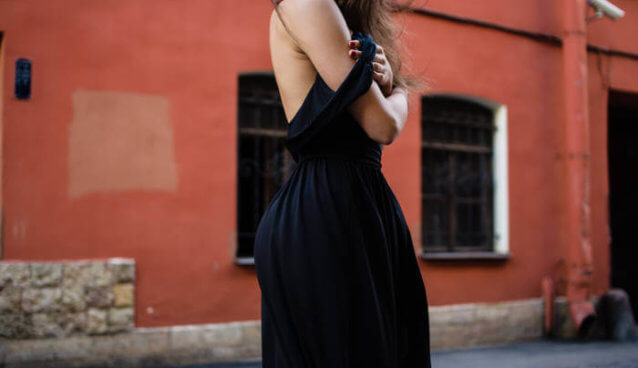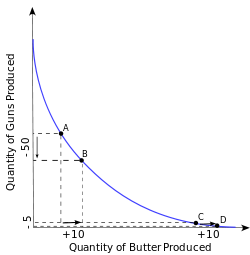The Economics of Fashion: Opportunity Costs

In this series, we will explore some basic concepts of Economics translated to the world of fashion:
The opportunity cost
In Economics, the cost of a good is measured not only by the price but by what you give up in order to consume or buy that good. For example, the cost of going to college is not only your tuition fees and your rent and food expenses, but the salary you are giving up by deciding to study instead of working.

Sorry for the ugly econ 101 graph
In fashion, I see this in two key areas: luxury purchases and closet space. When you decide to buy a $4000 LV purse, you are giving up the chance to have as many regularly priced handbags and clothes as $4000 can buy, which, if you are like me, it’s a lot. On the other hand, you have limited storage space, your house or apartment can only hold so much stuff, the more things you acquire, the more things you will have to get rid off at some future yard sale or spring cleaning. That bag is taking the space of something else that could be just as or more valuable for your life.
The LV handbag is an extreme example in terms of price, but the size might be insignificant compared to how much you enjoy having it, and let’s assume you already have all the clothes, shoes and accessories you want, so buying it isn’t really preventing you from buying anything else. But now consider the case in which you buy $60 worth of cheap clothing from one of your favorite fast fashion brands, which could easily be 7-10 items, if bought on sale. The quality and durability of these pieces is generally not very good, and now you have less available space for something else, for example: ONE $60 nice LBD of decent quality that will last enough time and that you can wear in multiple occasions.
When buying clothes, I always try to measure these variables, it’s not only about the price, but about the overall effect of the purchase in your wardrobe and your lifestyle. I don’t want to get too many things that diminish the quality of my wardrobe, but I also don’t want to spend a lot. Where do I find the equilibrium?
Like many other theories, Economic theory isn’t often a great representation or prediction of reality or individual behavior, but in this case, I find it a good tool for making this kind of decisions: you will only buy an item for which the opportunity cost is lower than its market price. In other words, consumers (assuming they are rational) will avoid buying anything that will force them to give up something they value more.
The key word here is “value”, don’t think of your alternatives in terms of price only, think of what you like and works for you. A big number of clothes or very expensive accessories are nothing if they don’t fit the rest of your clothes, your personality an, your lifestyle.
